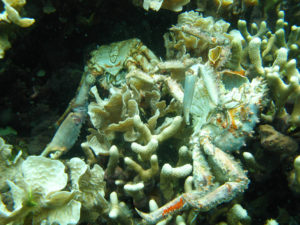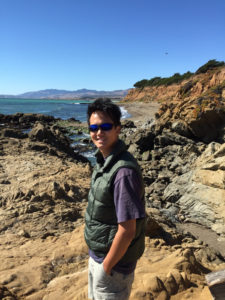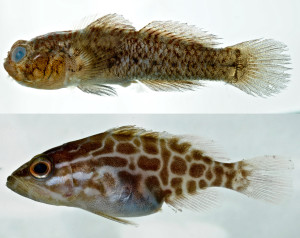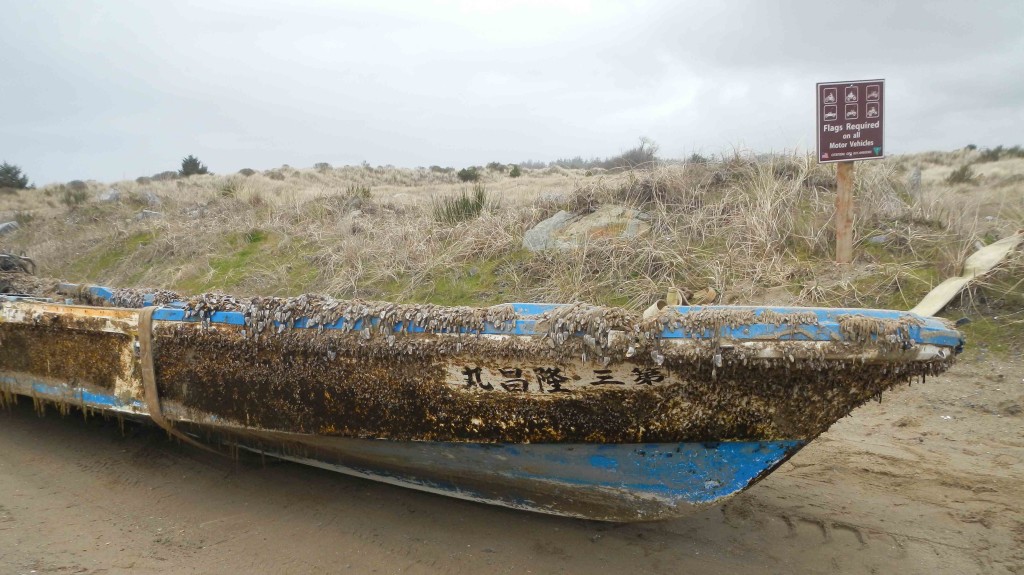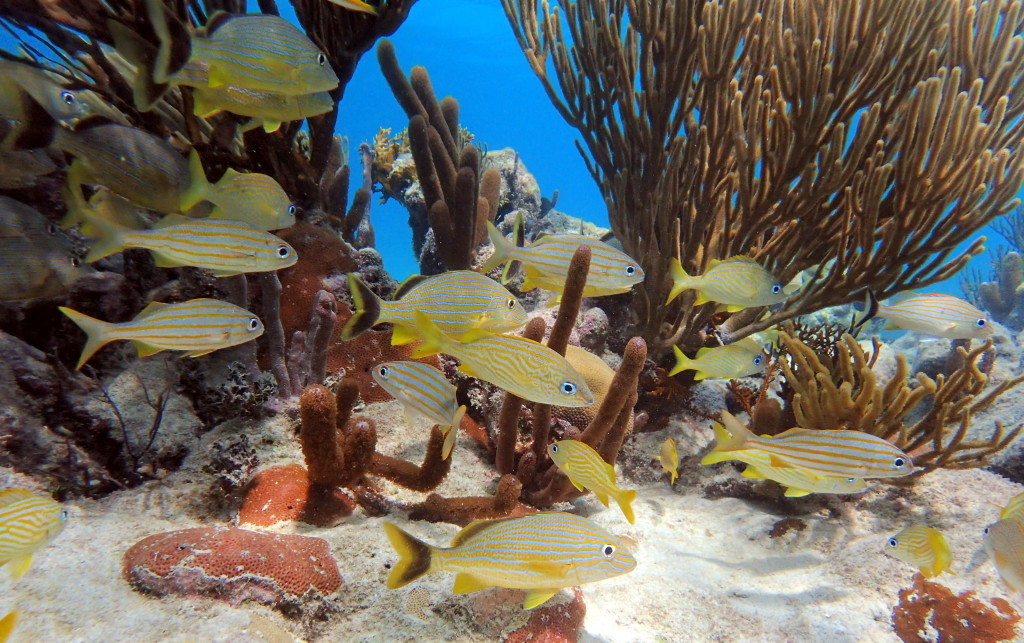by Kristen Minogue

A scientist tests water quality and seagrass biomass on the Susquehanna Flats, in upper Chesapeake Bay. (Cassie Gurbisz)
For a long time, it seemed the odds were never in their favor. With seagrass wasting disease, hurricanes and chronic pollution, tens of thousands of acres of Chesapeake Bay underwater plants vanished between the 1950s and 1970s, marking the largest decline in over four centuries. But now, thanks to concerted efforts to rein in harmful nutrients like nitrogen and phosphorus, underwater flora can celebrate a new victory: the largest underwater grass resurgence ever recorded.
A team of 14 Chesapeake scientists came out with the discovery on Monday, in a new study published in Proceedings of the National Academy of Sciences. The scientists found that since 1984, average nitrogen levels in the Bay have dropped 23 percent, and phosphorus has dropped 8 percent. As a result, underwater plants in Chesapeake Bay have shot up more than four-fold. Click to continue »


